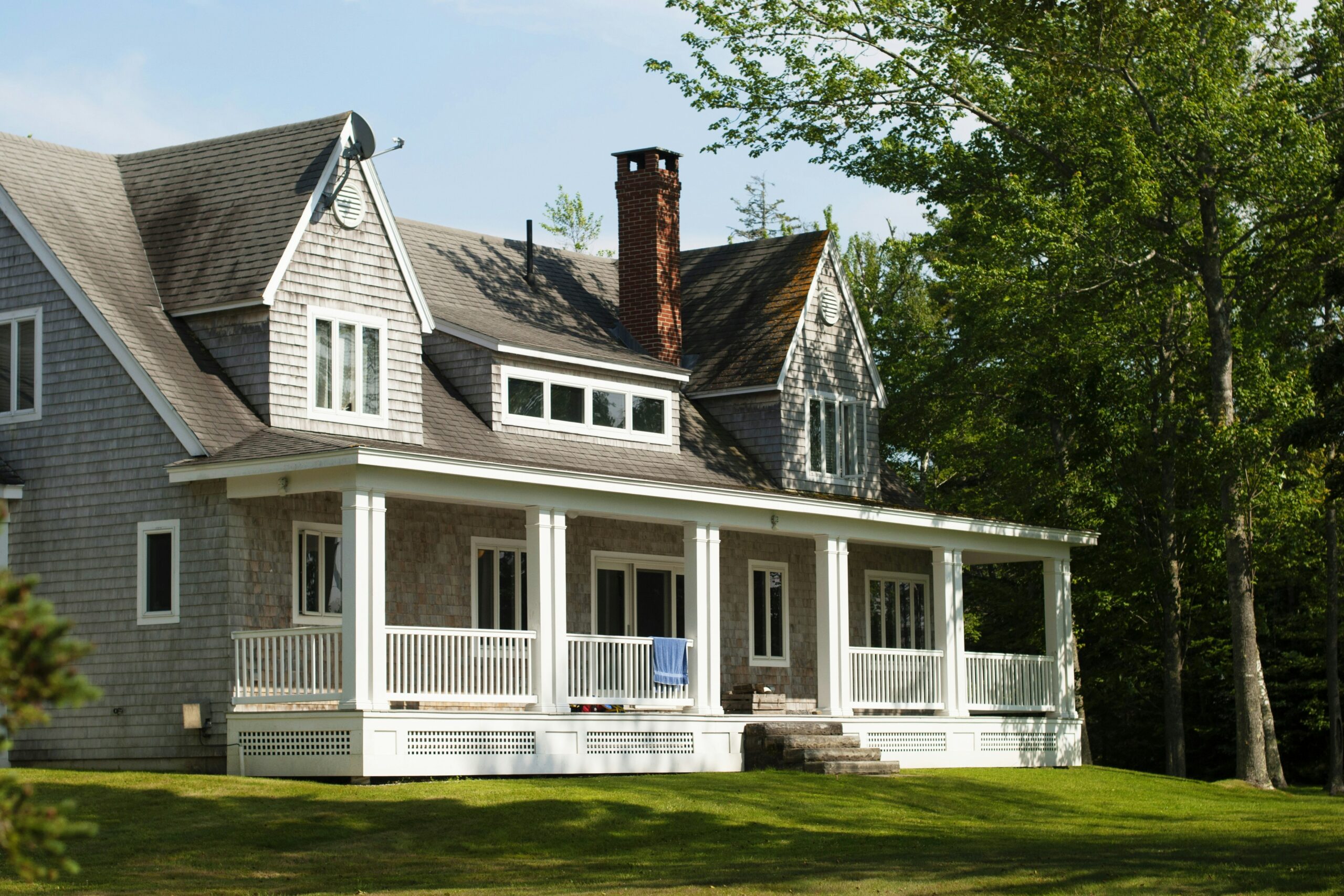The hidden costs of homeownership no one talks about can catch even the most prepared buyers off guard. While most first-time homeowners focus on the mortgage and down payment, owning a home comes with a range of recurring and surprise expenses that renters rarely encounter. These additional costs can strain your budget if not anticipated—and in some cases, affect your long-term financial goals.
Property taxes: always rising
Property taxes are often underestimated by new homeowners. Unlike rent, which is fixed for a lease term, property taxes are reassessed regularly and tend to rise over time, especially in growing communities or high-demand areas.
Key points:
- Amount varies by location, home value, and local budget needs
- Can increase annually with no cap in many states
- Often included in mortgage escrow but still your responsibility
Failing to account for rising taxes can lead to budget shortfalls in future years.
Read more: Is It Smart to Pay Off Your Mortgage Early? Pros & Cons
Home maintenance and repairs
Routine maintenance and unexpected repairs can add up quickly. From HVAC tune-ups to plumbing issues and appliance replacements, these costs are a constant part of homeownership.
Common examples:
- Roof repairs or replacements
- Water heater failures
- Seasonal servicing (gutters, lawn care, pest control)
- Emergency fixes for leaks or electrical problems
A good rule of thumb is to budget 1% to 3% of your home’s value annually for maintenance—though older homes may require even more.
Homeowners insurance and supplemental policies
Homeowners insurance is required by lenders, but standard policies don’t cover everything. You may need additional coverage for floods, earthquakes, or high-value belongings depending on your location and lifestyle.
Don’t overlook:
- Rising premiums based on claims or local risk factors
- Deductibles that must be paid before insurance kicks in
- Gaps in coverage that require add-ons or riders
Shopping around annually can help keep premiums manageable, but coverage is non-negotiable.
HOA fees and community assessments
If you live in a condo, townhouse, or planned community, homeowners association (HOA) fees are often mandatory. These fees support amenities and maintenance but can increase without much warning.
Watch for:
- Monthly or quarterly HOA dues
- Special assessments for major repairs or upgrades
- Strict rules or fines for noncompliance
HOA costs vary widely, from $50 to several hundred dollars per month, and may impact your affordability over time.
HOA Dues vs HOA Fees vs HOA Assessment | Clark Simson Miller
Utilities and city services
Unlike renting, where some utilities may be included, homeowners are responsible for all monthly services—often with higher bills due to larger space or less efficient infrastructure.
Expect to pay for:
- Water, electricity, gas
- Trash pickup, recycling, and sewage
- Internet and cable
These costs fluctuate by season, region, and energy efficiency of your home. Upgrading insulation or appliances may help reduce the long-term burden.
Furnishing and home improvement expenses
After closing, many new homeowners face empty rooms, outdated fixtures, or simply the urge to personalize. Furnishing and remodeling can be surprisingly expensive, especially when done all at once.
Expenses that add up:
- Furniture and décor for multiple rooms
- Painting, flooring, or kitchen upgrades
- Landscaping and outdoor improvements
Even modest changes can total thousands, so it’s wise to prioritize and spread projects over time.
Time and effort: the invisible cost
Beyond money, homeownership demands time and attention. Lawn care, snow removal, seasonal upkeep, and dealing with contractors require effort that renters typically avoid.
Consider:
- Weekend hours lost to maintenance or repairs
- Coordination with service providers
- Stress of handling urgent problems without landlord support
This time commitment may not have a direct dollar value, but it significantly impacts quality of life and routine.
Conclusion
The hidden costs of homeownership no one talks about are real and recurring. From rising property taxes and maintenance bills to insurance, HOA fees, and time investments, these expenses can quietly erode your budget if unprepared. Before buying a home, it’s crucial to plan for these realities—not just the upfront price tag—so you can enjoy ownership without financial strain. Factoring them into your decision helps protect your investment and maintain long-term stability.











